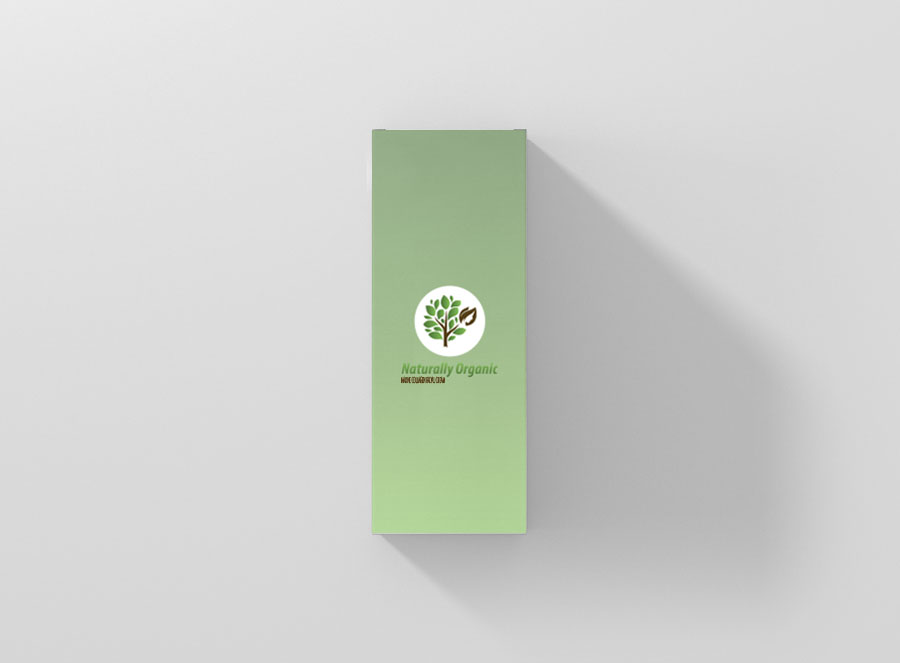Product packaging design refers to the creation of the exterior of a product. That includes choices in material and form as well as graphics, colors and fonts that are used on wrapping, a box, a can, a bottle or any kind of container.
It’s a practical tool, yes. (I mean, how else are you going to effectively get beer into your mouth?) But it’s also more than that. Like any good design, packaging tells a story. It’s also a sensual experience, literally engaging us through sight, touch and sound (and possibly smell and taste, depending on the product/package).
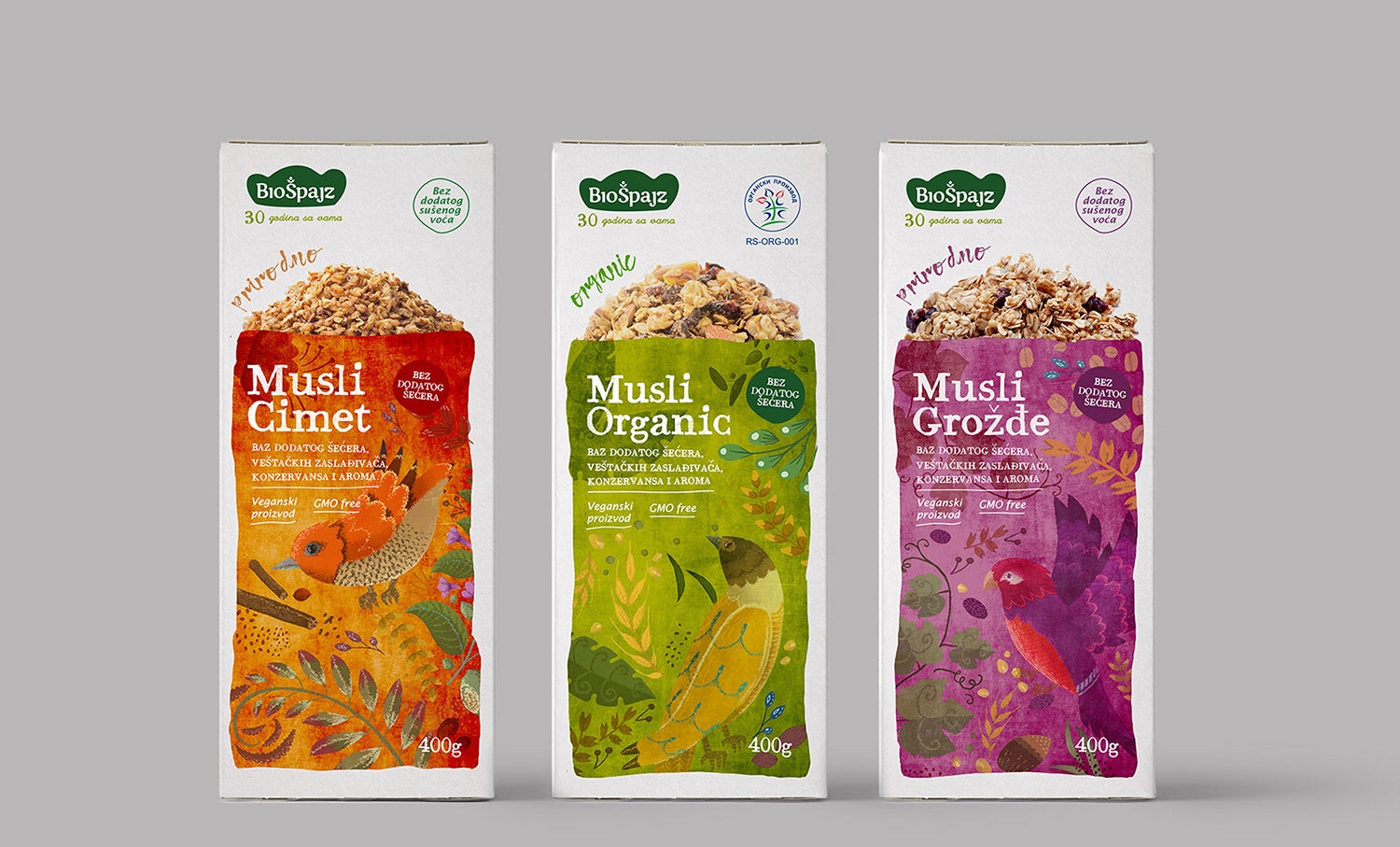 What is product packaging design
What is product packaging design
Products packaging design is the process of creating the exterior appearance of a product’s packaging, with the goal of making it visually appealing, informative, and functional. It involves creating the graphics, layout, typography, and other elements that are used to communicate the product’s features, benefits, and brand identity.
Pack design serves several important purposes. First and foremost, it protects the product during shipping and storage, helping to ensure that it arrives at its destination in good condition. In addition, it provides important information about the product, such as its ingredients, nutritional information, and usage instructions. Finally, it serves as a marketing tool, helping to attract and engage potential customers by communicating the product’s key benefits and creating a positive brand image.
Effective product packaging design requires careful consideration of a variety of factors, including the product’s target audience, its unique features and benefits, and the competitive landscape. It also involves a deep understanding of design principles, including color theory, typography, and composition, as well as an understanding of the technical requirements for printing and production.
 When designing a package which characteristic is least important
When designing a package which characteristic is least important
In packaging designing, the characteristic that is least important may depend on the specific context and needs of the product being packaged. However, in general, one characteristic that may be considered less important compared to others is the color of the package.
While the color in package design can influence consumer perception and be an important part of branding, it may not be as critical as other factors such as the durability and strength of the package, the ability to protect the product during shipping and storage, ease of use, and environmental sustainability.
Of course, it’s important to keep in mind that different products and industries may place different importance on package characteristics, so it’s always important to consider the specific needs of the product and target audience when designing a package.
 Why packaging design is important
Why packaging design is important
Package designing is important for several reasons:
- Attracting customers: Packaging design can play a crucial role in attracting customers to a product. A well-designed package can make a product stand out on a crowded store shelf and catch a customer’s eye, prompting them to pick it up and learn more about it.
- Communicating information: Packaging design can communicate important information about a product, such as its contents, features, and benefits. This can help customers make informed purchasing decisions and understand what they’re getting.
- Building brand identity: Packaging design can help build and reinforce a brand’s identity. A consistent and recognizable packaging design can help a brand become more memorable and establish a stronger connection with customers.
- Protecting the product: Packaging design can also play a functional role in protecting the product during shipping, handling, and storage. This can help ensure that the product arrives at its destination in good condition and maintains its quality over time.
Overall, packaging design is an important aspect of marketing and can have a significant impact on a product’s success in the marketplace.
How to make product packaging design in illustrator
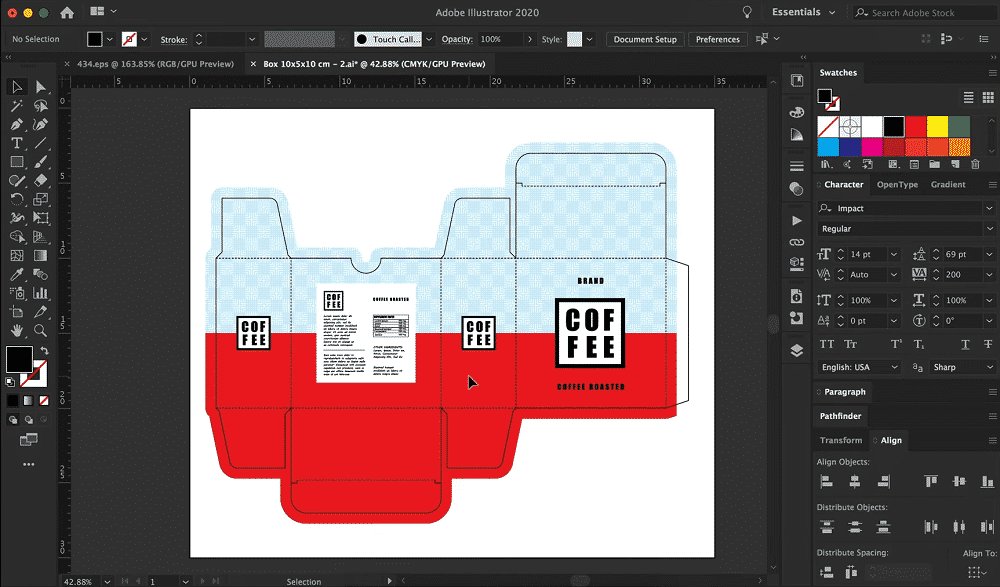 Product packaging designing in Illustrator involves a few steps. Here’s a general guide to get you started:
Product packaging designing in Illustrator involves a few steps. Here’s a general guide to get you started:
- Understand the dimensions and requirements of your packaging. You need to know the size, shape, and materials that will be used for your packaging. This will help you create the right dimensions in Illustrator.
- Create a new document in Illustrator with the appropriate dimensions for your packaging. You can choose either a landscape or portrait orientation depending on your design.
- Start by sketching out your ideas on paper, and then scan or take a picture of your sketch to import it into Illustrator. You can also draw directly in Illustrator using the Pen tool, or use shapes and lines to create your design.
- Use the Layers panel to organize your design elements. For example, you might create separate layers for text, graphics, and background.
- Add text to your design using the Type tool. Choose the font, size, and color that best suits your brand and message.
- Incorporate graphics and images into your design. You can use the Image Trace feature to convert a raster image into a vector image that can be resized without losing quality.
- Use the Pathfinder panel to create custom shapes and cutouts for your packaging. This allows you to create unique designs that stand out from other products on the shelf.
- Once you’re happy with your design, save it as a high-resolution PDF file for printing. Make sure to include any necessary bleed and crop marks to ensure your design is printed accurately.
Remember to consider your target audience, brand identity, and product features when creating your packaging design. A well-designed packaging can attract customers and increase sales, so take the time to create a design that stands out and effectively communicates your product’s value.
How is food packaging design
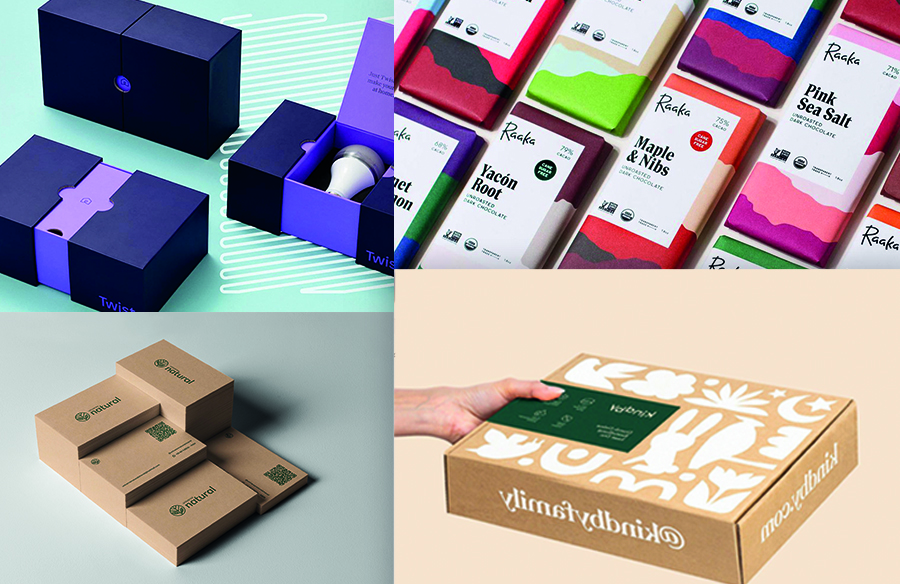 Food packaging design is an important aspect of the food industry, as it can impact the safety, preservation, and presentation of food products. A well-designed food packaging should not only protect the food from contamination and damage during transportation and storage but also attract customers’ attention and communicate relevant information about the product.
Food packaging design is an important aspect of the food industry, as it can impact the safety, preservation, and presentation of food products. A well-designed food packaging should not only protect the food from contamination and damage during transportation and storage but also attract customers’ attention and communicate relevant information about the product.
In terms of design, food packaging should consider various factors such as the type of food being packaged, the target audience, the packaging materials, and the marketing strategy. For example, the packaging for a high-end chocolate product might feature elegant and sophisticated designs that appeal to a more mature and affluent audience, while a packaging design for a kid’s snack might have colorful and playful designs that appeal to children.
The packaging design should also take into account the materials used for packaging. Sustainable packaging is a growing concern, so designers should consider using eco-friendly materials and designs that minimize waste and environmental impact.
In addition to aesthetics, food packaging design should communicate important information such as nutritional value, ingredients, and usage instructions. Clear and concise labeling and messaging can help customers make informed choices about the food they purchase.
Overall, food packaging design is an important aspect of the food industry that requires careful consideration of various factors to ensure food safety, preservation, and presentation, as well as effective marketing.
Product packaging vs product design
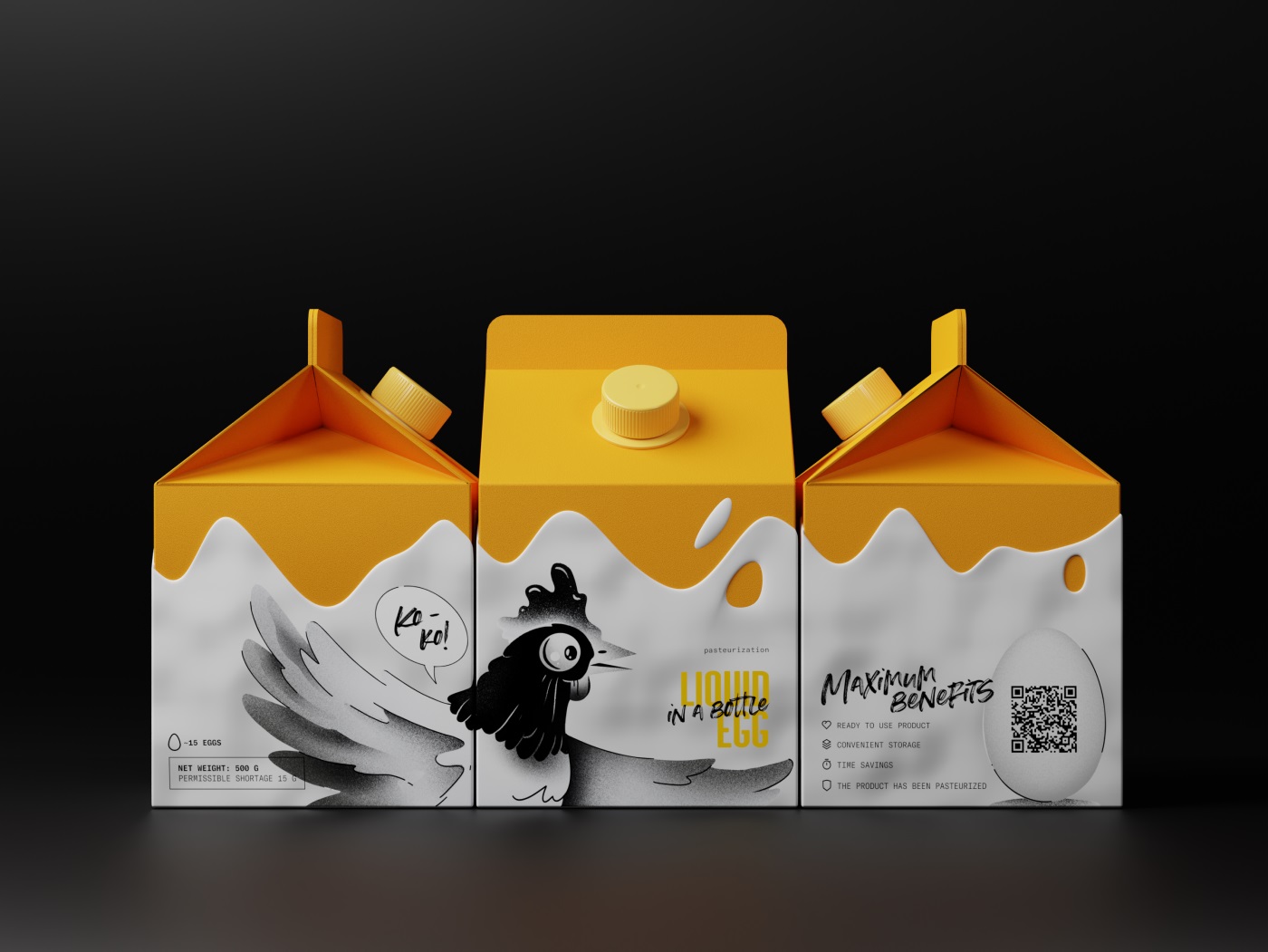 Product packaging and product design are both important elements of product development and marketing, but they serve different purposes.
Product packaging and product design are both important elements of product development and marketing, but they serve different purposes.
Product design refers to the creation of the product itself, including its form, function, and aesthetics. It encompasses everything from the materials used to make the product to the way it is assembled and operates. Product design is crucial for creating a product that is functional, efficient, and aesthetically pleasing.


